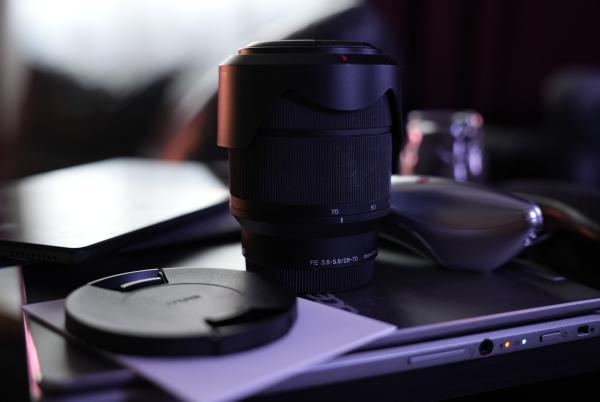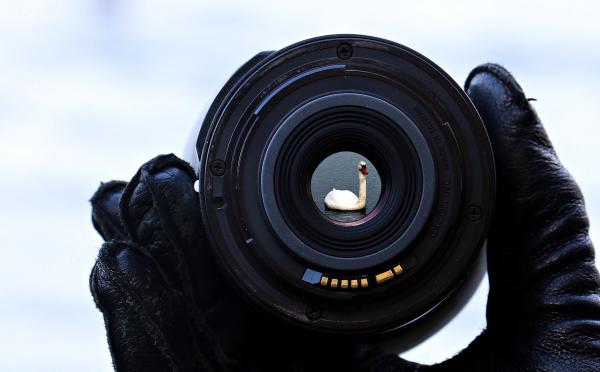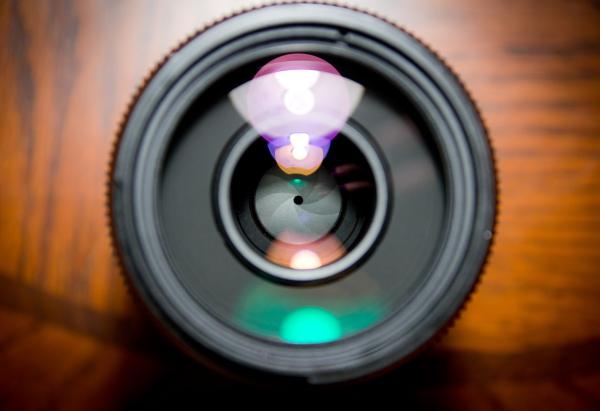How To Choose The Right Lens For Industrial Cameras?
Industrial cameras are key components in machine vision systems. Their most essential function is to convert optical signals into ordered electrical signals for small high-definition industrial cameras.
In machine vision systems, the lens of an industrial camera is equivalent to the human eye, and its main function is to focus the target optical image on the photosensitive surface of the image sensor (industrial camera).
All image information processed by the visual system can be obtained from the lens of the industrial camera. The quality of the industrial camera lens will directly affect the overall performance of the visual system.
As a kind of imaging equipment, industrial camera lenses usually form a complete image acquisition system with power supply, camera, etc. Therefore, the selection of industrial camera lenses is governed by the overall system requirements. Generally, it can be analyzed and considered from the following aspects:
1.Wavelength and zoom lens or not
It is relatively easy to confirm whether an industrial camera lens needs a zoom lens or a fixed-focus lens. First, it is necessary to determine whether the working wavelength of the industrial camera lens is in focus. During the imaging process, if the magnification needs to be changed, a zoom lens should be used, otherwise a fixed-focus lens is sufficient.
Regarding the working wavelength of industrial camera lenses, the visible light band is the most common, and there are also applications in other bands. Are additional filtering measures required? Is it monochromatic or polychromatic light? Can the influence of stray light be effectively avoided? It is necessary to comprehensively weigh the above issues before determining the working wavelength of the lens.
Choose industrial camera lenses
2.Priority is given to special requests
Depending on the actual application, there may be special requirements. Special requirements must be confirmed first, for example, whether there is a measurement function, if a telecentric lens is required, whether the image focal depth is very large, etc. Depth of focus is often not taken seriously, but any image processing system must take it into account.
3.Working distance and focal length
Working distance and focal length are usually considered together. The general idea is to first determine the system resolution, then understand the magnification in combination with the CCD pixel size, and then understand the possible object-image distance in combination with the spatial structure constraints, so as to further estimate the focal length of the industrial camera lens.
Therefore, the focal length of the industrial camera lens is related to the working distance of the industrial camera lens and the camera resolution (as well as the CCD pixel size).
Things to consider when selecting industrial camera lenses
4.Image size and image quality
The image size of the industrial camera lens to be selected should be compatible with the photosensitive surface size of the industrial camera, and the principle of “large to accommodate small” should be followed, that is, the photosensitive surface of the camera cannot exceed the image size indicated by the lens, otherwise the image quality of the edge field of view cannot be guaranteed.
The requirements for imaging quality mainly depend on MTF and distortion. In measurement applications, distortion should be given high attention.
5.Aperture and lens mount
The aperture of industrial camera lenses mainly affects the brightness of the imaging surface, but in current machine vision, the final image brightness is determined by many factors such as aperture, camera particles, integration time, light source, etc. Therefore, in order to obtain the required image brightness, multiple steps of adjustment are required.
The lens mount of an industrial camera refers to the mounting interface between the lens and the camera, and the two must match. Once the two do not match, replacement should be considered.
Factors to consider when choosing industrial camera lenses
6.Cost and technology maturity
If after comprehensive consideration of the above factors, there are multiple solutions that meet the requirements, you can consider the comprehensive cost and technical maturity, and give priority to them.
PS: Example of lens selection
Below we give an example of how to choose a lens for an industrial camera. For example, a machine vision system for coin detection needs to be equipped with an industrial camera lens. The known constraints are: the industrial camera CCD is 2/3 inches, the pixel size is 4.65μm, the C-mount, the working distance is greater than 200mm, the system resolution is 0.05mm, and the light source is a white LED light source.
The basic analysis for selecting lenses is as follows:
(1)The lens used with the white LED light source should be in the visible light range, with no zoom requirement, and a fixed-focus lens can be selected.
(2)For industrial inspection, measurement function is required, so the selected lens is required to have low distortion.
(3)Working distance and focal length:
Image magnification: M=4.65/(0.05 x 1000)=0.093
Focal length: F= L*M/(M+1)= 200*0.093/1.093=17mm
If the objective distance is required to be greater than 200mm, the focal length of the selected lens should be greater than 17mm.
(4)The image size of the selected lens should be no smaller than the CCD format, that is, at least 2/3 inch.
(5)The lens mount is required to be a C-mount so that it can be used with industrial cameras. There is no requirement for aperture at the moment.
Through the analysis and calculation of the above factors, we can get the preliminary “outline” of industrial camera lenses: focal length greater than 17mm, fixed focus, visible light range, C-mount, compatible with at least 2/3-inch CCD pixel size, and small image distortion. Based on these requirements, further selection can be made. If several lenses can meet these requirements, it is recommended to further optimize and select the best lens.
Final Thoughts:
ChuangAn has carried out the preliminary design and production of industrial lenses, which are used in all aspects of industrial applications. If you are interested in or have needs for industrial lenses, please contact us as soon as possible.


